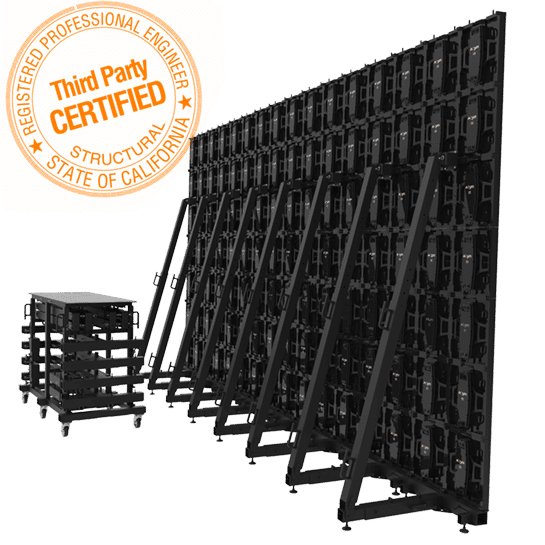Exploring the Key Elements That Affect Hue Uniformity in LED Wall Panels for Ideal Display Output
Exploring the Key Elements That Affect Hue Uniformity in LED Wall Panels for Ideal Display Output
Blog Article
Color uniformity in light-emitting diode wall panels is essential for attaining optimal optical performance. LED wall panels are widely used in multiple environments, including musical events, meetings, and promotional displays. When the hues on these screens are consistent, they create a more captivating and enveloping encounter for viewers. Several critical factors affect hue uniformity, including the caliber of the LED components, calibration processes, and environmental conditions.
The caliber of the light-emitting diode components plays a significant role in hue consistency. Different types of LEDs produce light at different wavelengths, which can influence the total hue output. High-quality light-emitting diodes are engineered to generate a more consistent light range, leading in better color accuracy. Additionally, the production method of these LEDs can affect their functionality. Screens made with superior materials and technology tend to have fewer hue variations, guaranteeing that the displayed images and footage look vibrant and faithful to reality.
Calibration is another essential element in maintaining hue consistency in light-emitting diode wall screens. Calibration entails adjusting the configurations of the panel to ensure that the colors displayed match the intended appearance. This procedure can consist of fine-tuning luminosity, contrast, and hue balance. Frequent tuning is essential, especially in environments where illumination conditions vary frequently. By tuning the panels, specialists can correct any inconsistencies in hue output, leading to a more uniform observing encounter.
Surrounding factors also affect hue uniformity in LED wall panels. Elements such as ambient light, heat, and humidity can influence how colors are perceived. For instance, intense ambient light can dull colors, making them look more vibrant. Similarly, harsh temperatures can influence the performance of the light-emitting diodes, leading to color changes. To reduce these problems, it is crucial to place LED wall screens in managed environments where illumination and temperature can be managed you could try here efficiently.
Finally, the design and arrangement of the light-emitting diode wall panels can affect hue consistency. The arrangement of the screens, as well as the spacing from which they are viewed, can create differences in hue perception. When panels are arranged too distant apart or at different angles, audiences may detect inconsistencies in color. To obtain the optimal visual performance, it is important to consider the placement and alignment of the screens during setup. By addressing these factors, users can ensure that their LED wall screens provide a consistent and high-quality optical encounter.